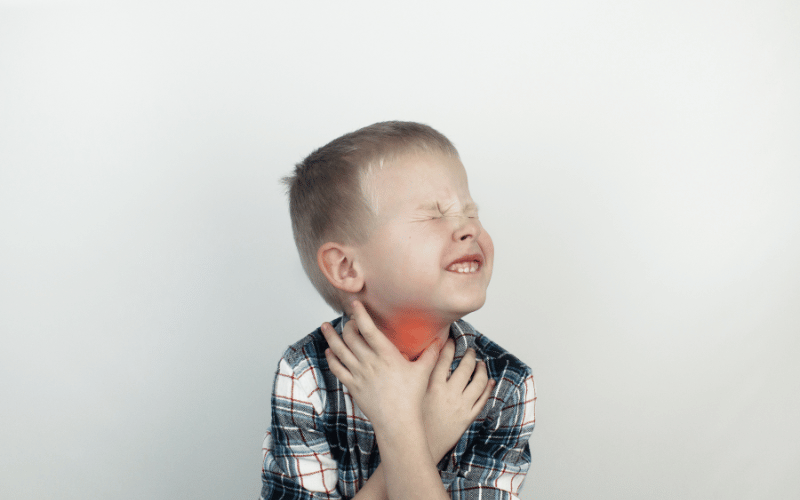2. Painful Mouth Sores: The Unseen Agony of Herpangina

Imagine the discomfort of a single canker sore, then multiply that sensation. That’s the reality for children with herpangina.
Typically, after the onset of fever, painful sores begin to develop in the mouth—on the tonsils, roof of the mouth, or at the back of the throat. These sores may start as small red spots, which quickly become blister-like and extremely tender, adding significant discomfort to the child’s condition.
These aren’t your everyday mouth ulcers; these are sores that can make swallowing a painful ordeal, transforming eating and drinking from a basic daily activity into a dreaded task for the child. As the child may resist eating and drinking due to the pain, parents may find themselves grappling with the additional stress of potential dehydration and malnutrition, escalating the overall concern.
Herpangina’s mouth sores are caused by specific strains of enteroviruses. They are not the result of poor oral hygiene or the types of herpes viruses that cause oral herpes (cold sores) and genital herpes.
Knowing that these sores are viral, and not the child’s or parents’ fault, is crucial. They are a typical manifestation of the body’s battle against this particular viral invader. (2)